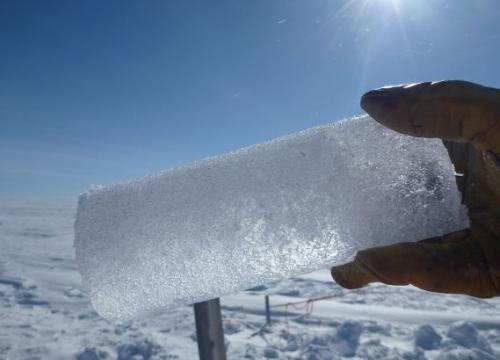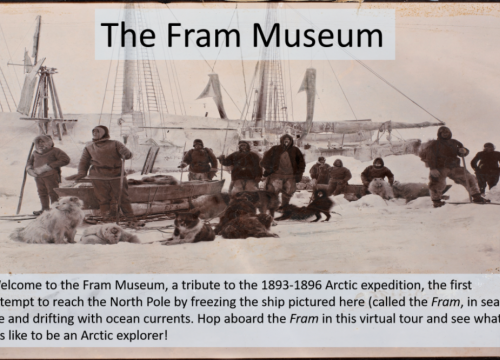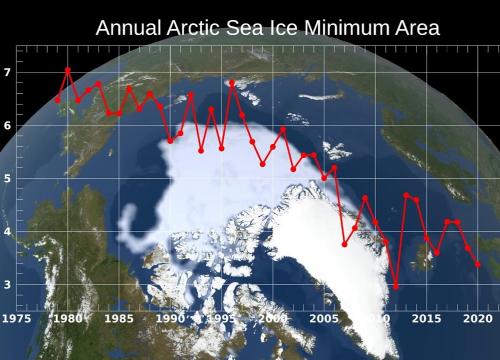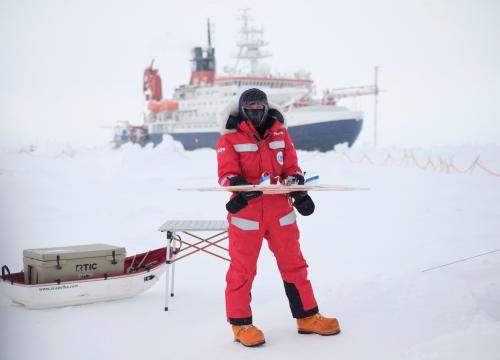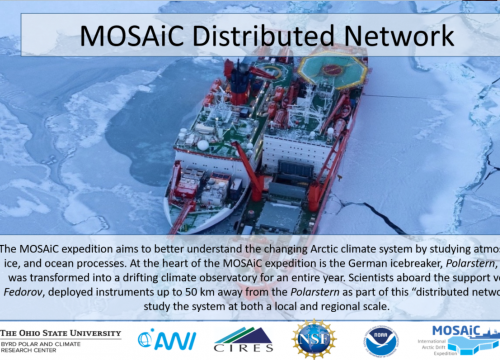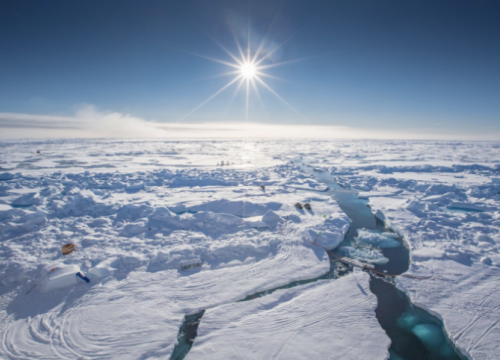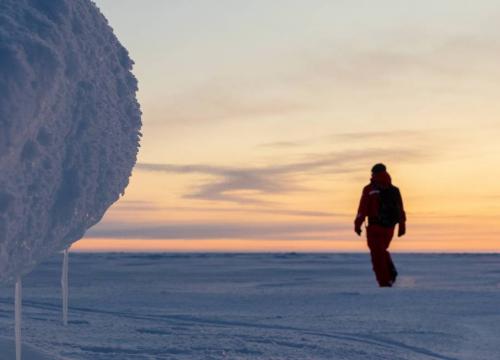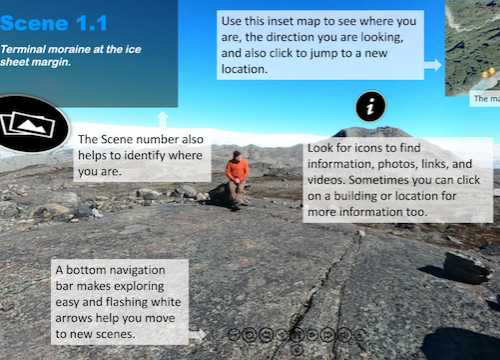In this webinar, Dr. Noah Fierer presented on his recent work looking at the microorganisms living in soils of Antarctica, one of the driest and coldest places on Earth. He discussed how and why he went to Antarctica to study these microorganisms and what they can tell us about life on our planet and the potential for life on other planets.
This webinar is part of the CIRES/NOAA Science-At-Home series.
Goals Header
About the Presenter
Noah Fierer is a professor in the Department of Ecology and Evolutionary Biology and a fellow in the Cooperative Institute for Research in Environmental Sciences at the University of Colorado Boulder.
He studies microscopic organisms living in a range of environments, including those microbes living inside our homes, in soil, on plants, and in the atmosphere. He studies what microbes can be found in these environments, how they manage to survive, and how they influence the health of plants, animals (including humans), and whole ecosystems. For more information see: http://fiererlab.org/
Recommended Activities for e-Learning
Pre-K: Edible sediment cores! In a clear glass container, layer whipped cream, pudding, crumbled cake or brownie, and anything else you want. If you have poppy seeds, you can mix a few into one layer to show how small microbes can be.
K-5: Microbes in the Cafeteria? This interactive search and find game from the American Museum of Natural History, has kids hunt for microbes in a typical school cafeteria. They are then quizzed on whether that is a "good" microbe or a "bad microbe."
Paint with Soils - Dig up some dirt and use it to make your own soil-based paints with this USDA activity. For those extremely crafty families with paraffin wax (or old paraffin wax candles) lying around you can take this activity to the next step and make soil crayons.
Educators: Fermentation in a bag - This hands-on at-home experiment by the Great Lakes Bioenergy Research Center can be adapted for any age range and teaching guidance for this activity can be found at CLEANet.org.
6-8: Build your own sediment core with this Science Friday Activity with supplies as simple as a straight-sided glass container, water, and different types of soil (try to find fine and coarse soils) from around your yard or local park.
Rainforests in Antarctica? NPR's Science Friday ran a recent 16 minute story on research being done in Antarctica and includes a CT scan of their sediment core work. We recommend you also watch this companion video from Nature that has the scientist explain exactly what you're seeing in that CT scan.
Educators: Tea Decomposition - This Soils4Teachers activity has your students buy two types of tea and bury them to measure rates of decomposition. This activity should work with most triangle shaped tea bags as they are typically made with a different material than paper tea bags which would disintegrate more quickly and thus be difficult to disinter later to check on the decomposition.
9-12: Build a Winogradsky column! Science Buddies walk you through this experiment at home - please note you will need to collect some outdoor water from a pond, creek, stream, lake, tank, or marsh and requires either a raw or hard-boiled egg yolk.
Educators: What does dirt have to do with climate change? This Scientific American article provides further reading and makes the connection. For even more indepth reading, students can read the research paper published in Nature that the Scientific American article cites.
